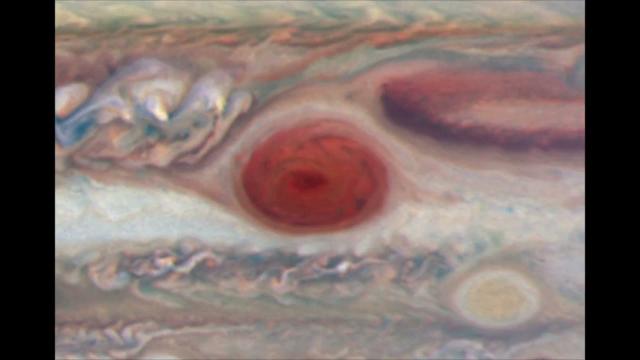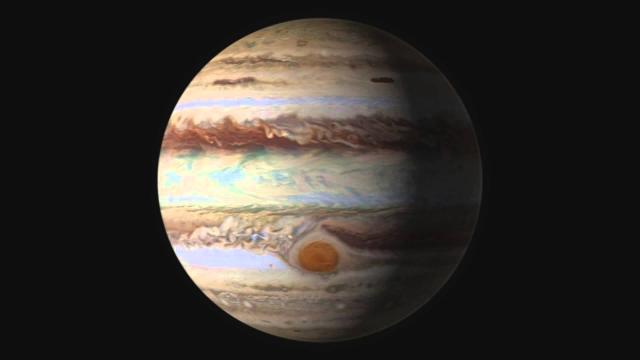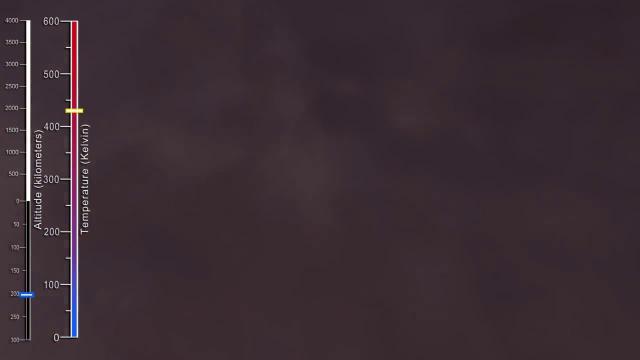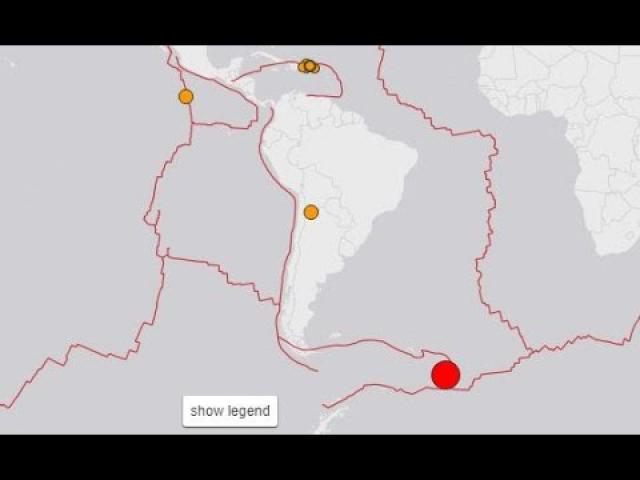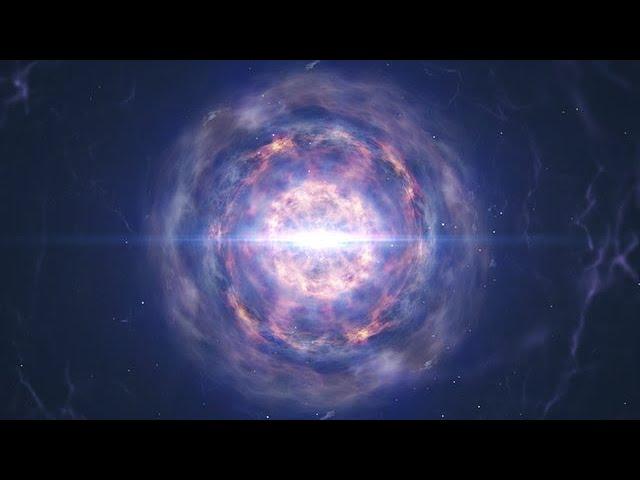Jupiter's Great Red Spot is Unraveling!?! The whole solar system is undergoing rapid change.
Description
This is a part ZERO episode. "Stay tuned for more unraveling". and yes, the whole solar system is under going rapid change. Now is a great time to work together to deal with these Sun, Earth and Solar System changes.
God bless everyone,
T
you can send love or support via
T Lewison
THORnews
5430 Birdwood Rd. #416
Houston, Texas 77096
or
https://www.paypal.me/thornews
story by
https://spaceweatherarchive.com/2019/05/20/is-the-great-red-spot-unraveling/
Is the Great Red Spot Unraveling?
MAY 20, 2019 / DR.TONY PHILLIPS
May 20, 2019: Around the world, amateur astronomers are monitoring a strange phenomenon on the verge of Jupiter’s Great Red Spot (GRS). The giant storm appears to be unraveling. “I haven’t seen this before in my 17-or-so years of imaging Jupiter,” reports veteran observer Anthony Wesley of Australia, who photographed a streamer of gas detaching itself from the GRS on May 19th:
The plume of gas is enormous, stretching more than 10,000 km from the central storm to a nearby jet stream that appears to be carrying it away. Wesley says that such a streamer is peeling off every week or so.
The Great Red Spot is the biggest storm in the solar system–an anticyclone wider than Earth with winds blowing 350 mph. Astronomers have been observing it for hundreds of years. In recent decades, the Great Red Spot has been shrinking. Once it was wide enough to swallow three Earths; now only one of our planet could fit inside the maelstrom. This has led some researchers to wonder if the GRS could break up or disappear within our lifetimes. Perhaps the streamers are part of this process.
In fact, such unraveling clouds have been seen before. For instance, the Gemini North adaptive optics telescope on Maunakea saw a lesser but similar streamer in May of 2017:
The leader of those observations, Glenn Orton of NASA’s Jet Propulsion Laboratory, noted “a curious hook-like cloud feature on the Great Red Spot’s western side. Events like this show that there’s still much to learn about Jupiter’s atmosphere,” he said in a press release.
Wesley describes how the streamers are behaving now: “Each streamer appears to disconnect from the Great Red Spot and dissipate. Then, after about a week, a new streamer forms and the process repeats. You have to be lucky to catch it happening. Jupiter spins on its axis every 10 hours and the GRS is not always visible. A joint effort between many amateurs is underway to get clear images of the process.”
Indeed, now is a great time to monitor the action. Jupiter is approaching Earth for a close encounter in June 2019. During the weeks around opposition on June 10th, Jupiter will shine 4 times brighter than Sirius, the brightest star in the sky, and even small telescopes will reveal its storms, moons, and cloud belts.
Stay tuned for more unraveling.



